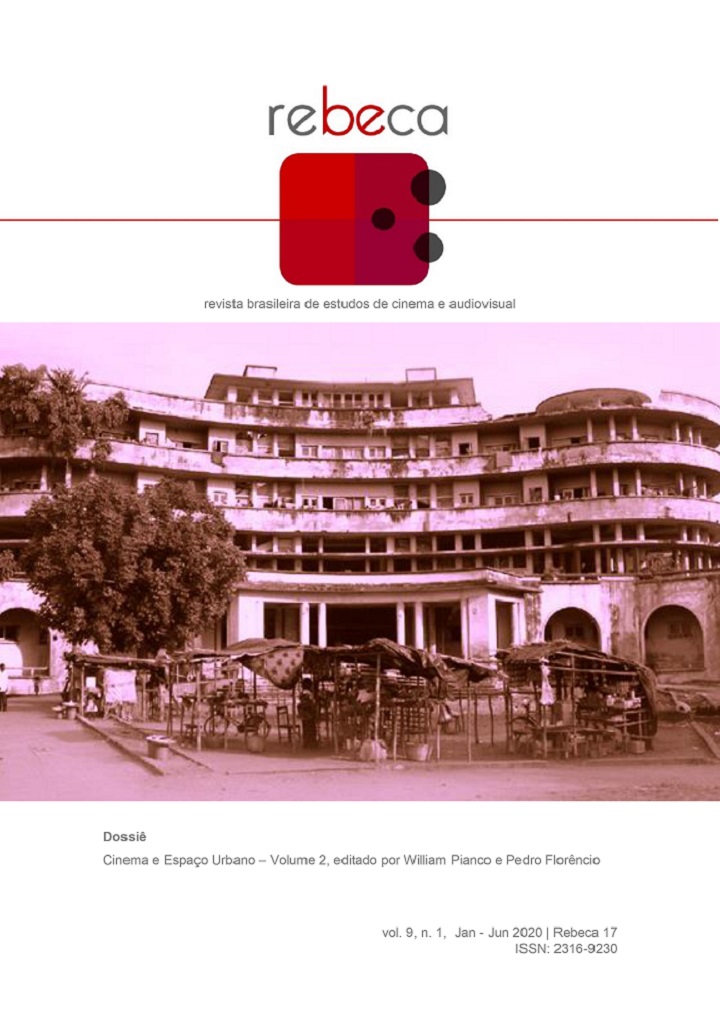O roteiro e suas relações com os modos de produção no cinema brasileiro dos anos 1950: uma análise a partir de quatro estudos de caso
DOI:
https://doi.org/10.22475/rebeca.v9n1.642Keywords:
roteiro no cinema brasileiro, anos 1950, cinema industrial, cinema independente.Abstract
Os anos 1950 foram marcados por uma polarização de ideias no campo cinematográfico brasileiro. As discussões teóricas da década foram diversas vezes contextualizadas na oposição entre um cinema pretensamente industrial versus outro mais artesanal ou independente. O roteiro cinematográfico, por sua vez, se mostrou um ponto importante de separação ideológica entre essas duas vertentes. Enquanto o debate sobre a precisão e utilidade desses termos – cinema industrial e independente - é amplo e ainda não foi esgotado, este artigo pretende analisar como as supostas diferenças (se é que existem) entre estes modos de produção no contexto sociocultural brasileiro dos anos 1950 podem ter influenciado diferentes características da narrativa, como a técnica e o formato do roteiro nacional, bem como aprofundar a discussão até hoje complexa sobre cinema industrial versus independente, a partir de quatro estudos de caso: as análises dos roteiros de O Homem do Sputnik (1959), O Grande Momento (1958), Esquina da Ilusão (1953) e Agulha no Palheiro (1953).
Downloads
Downloads
Published
Issue
Section
License
1. Authors retain the copyright and grant the journal the right of first publication, with the work simultaneously licensed under theCreative Commons Attribution License, which allows the sharing of work with acknowledgment of authorship and initial publication in this journal.
2. Authors are authorized to take additional contracts separately, for non-exclusive distribution of the version of the work published in this journal (e.g. publish in institutional repository or as a book chapter), with acknowledgment of authorship and initial publication in this journal.
This work is licensed under a Creative Commons Attribution-NonCommercial-ShareAlike 3.0 Unported License.
CC BY-NC-SA
This license allows others to remix, adapt, and create from your work for non-commercial purposes, provided they credit you and license new creations under identical terms.
You are free to:
● Share — copy and redistribute the material in any medium or format.
● Adapt — remix, transform, and build upon the material.
The licensor cannot revoke these freedoms as long as you follow the license terms:
● You must give appropriate credit, provide a link to the license, andindicate if changes were made. You may do so in any reasonable manner, but not in any way that suggests the licensor endorses you or your use.
● You may not use the material for commercial purposes.











